Schools, universities, government offices and banks have closed their doors in the southwestern province of Khuzestan due to intense pollution and the air being thick with dust. According to observers, the level of particle pollution in the cities of Ahvaz and Shush currently has recently stood at 25 times the safe level.
At the same time, a Ministry of Energy official has warned announced that the volume of water behind the Karkheh Dam will not be sufficient to provide residents of the area with drinking water, and its 5.9 billion cubic meter-capacity reservoir will be dry by December.
These twin crises have played out summer after summer in Khuzestan, including during the pandemic. Experts say both have been worsened by human activity, particularly the style of governance adopted. IranWire spoke to Nikahang Kowsar, a journalist and water management analyst who is currently living Washington, D.C, about how this came about.
Just How Serious is the Situation in Khuzestan?
At dawn on Monday, May 2, Iranian media reported that particle pollution — also called particulate matter (PM) — records had been broken in several cities in Khuzestan. Iran’s Environmental Protection Agencies recorded indices for particle pollution in a number of cities as 1,932µm/m3 (microns per cubic meter) in Abadan, 3,785µm/m3 in Ahvaz, 3,714µm/m3 in Bandar Imam Khomeini, 2,110µm/m3 in Susangerd, 4,010µm/m3 in Shush, 2,298µm/m3 in Shushtar and 2,374 in Khorramshahr. According to this same agency, the safe level of particle pollution of air is just 150µm/m3.
The current air pollution level in Ahvaz is close to eight times that of Tehran three weeks ago. At that time, it was reported that a dust wave originating from outside of Iran was to blame: the Iran Meteorological Organization predicted that the situation in Tehran would get better by mid-summer, but omitted to talk about the western provinces.
The situation in Khuzestan is much more complicated. A few days before the public service shutdowns, Shapour Rajaei, a Ministry of Energy official overseeing the Karkheh drainage basin, told the Islamic Republic News Agency (IRNA) that the water behind the Karkheh Dam has fallen to its lowest level on record.
The water in the reservoir of this dam, biggest embankment dam in the Middle East, cannot supply drinking water for local residents beyond November, he said - let alone for washing, agriculture or animal husbandry. He hinted that even this was an optimistic assessment.
Videos and pictures published on social networks clearly illustrate the scope the severity of the pollution. Some have described the situation as “doomsday” and claim cities in Khuzestan are becoming “uninhabitable”, so uncomfortable is it to breathe.
What are the Risks of the Dust Storm?
Nikahang Kowsar, a long-time researcher of water management in Iran including in Khuzestan, says of the dust pollution: "It's very serious because these very tiny particles can enter the human respiratory system and have delbilitating consequences, both in the short and long term."
The particles, he says, "have sharp edges that can injure the respiratory system. If they are smaller than a certain size they can enter the bloodstream and cause further damage. People should wear masks to protect themselves against this pollution the same way they do to protect themselves against coronavirus."
The dust particles are ground down as they travel westward, and are then deposited into the dry beds of rivers and wetlands such as the Hor al-Azim (Hawizeh) Marshes in Khuzestan. “Whenever a dry tract of land hold particles smaller than 20 microns," Kowsar says, "a strong wind can pick these particles up and keep them in the air until the conditions change." Many of these particles, he says, are clay: "Clay particles are very small; they stay in the air for a long time and are easily carried from one location to another.”
What Caused This Public Health Catastrophe?
When the latest surge in potentially lethal air pollution was reported in Khuzestan, Iranian media said it had started with a sandstorm in Iraq. Al Alam, an affiliate of the Islamic Republic of Iran (IRIB), reported along with domestic media that flights to and from the Iraqi cities of Baghdad and Najaf had been canceled because of the sandstorms.
Kowsar, however, believes that although some of the dust is coming from North Africa, Iraq and Syria, more is emanating from Khuzestan itself - and the Islamic Republic's aggressive dam-building has played a pivotal role in creating the crisis.
"The river Karkheh brought the waters of the Zagros Mountains to the Hawizeh Marshes,” he says. “Now, with many dams along the course of this river, the water flowing into Hawizeh has dwindled considerably. This process will continue into the future.”
Two planned dams in neighboring provinces, Mashoureh on the Kashkan River and Seymareh on the Seymareh River in Ilam, are going to make the situation even worse, he says: “Both these dams are being built on rivers that flow into the Karkheh.
"The reduction of snowfall on Zagros mountains as a result of climate change has already reduced the water flow. All the calculations that were used to build these dams have been proved wrong. In fact, most of [Iran]s] dams were costly projects that only damaged the environment.”
The dams Kowsar refers to were vast projects mostly aimed at redirecting water away from the plains of Khuzestan towards the more arid areas in central Iran to make them arable. Instead, these dams have made vast expanses of Khuzestan barren and impossible to cultivate in turn.
Needless to say, they have also destroyed local livelihoods. In July 2021, thousands of residents took to the streets in major cities to protest the water crisis. The protests started peacefully but turned violent after security forces attacked the protesters with firearms, killing at least a dozen people and injuring hundreds.
Besides the drought that enraged citizens last summer, Kowsar says, the dams have degraded the soil in Khuzestan as well. “The dams built in southwestern Iran prevented the natural flow of water to the plains. These waters carried minerals and organic compounds along that now, no longer reach those areas."
At the same time, he adds, “Due to the absence of water that used to flow into rivers that end in southern Khuzestan, the waters from the Persian Gulf have advanced into their confines. As a result, underground water has become more salty, making life more difficult for people in southern Khuzestan.”
“Unfortunately, even the water that was stored behind the dams was used for unsustainable agriculture. Part of it was for rice cultivation, which isn't right for the climate of Khuzestan. Waters from the Karun and Dez Rivers were used for crops that needed excessive amounts of water. Another part was used to expand Haft-Tappeh [sugarcane plantation and sugar refinery complex], a project that can be criticized extensively. No matter how you look at it, these projects that were carried out under the banner of ‘self-sufficiency’ did extensive damage to the environment and people’s lives in Khuzestan.”
The Government Was Warned
Kowsar asserts that even during the planning and building phase, officials of the Islamic Republic were aware of the destructive consequences their dam-building projects would have. In the 1990s, he says, he was personally invited to the office of then-President Mohammad Khatami after he wrote articles that spelled out the risks.
"In Mohammad Khatami's office, I emphasized that we'd come to a bad end if we indulged in building dams, if we only tried to manage surface water and ignored the effects on underground water.
"Iranian politicians at the time paid no attention. These projects were launched without an appropriate, rational environmental evaluation. Their entire justification was that if a certain dam was built, it could provide water for agriculture, it could generate electricity, and besides, it would create 'pleasing scenery'.”
In essence, like other water management scholars, Kowsar says the dams in Iran were the result of populism, not good policymaking. “They thought that these projects would convince people that the government had a water management plan, and that this would make people happy. Building these dams was more of a populist gesture than a true infrastructural development."
visit the accountability section
In this section of Iran Wire, you can contact the officials and launch your campaign for various problems




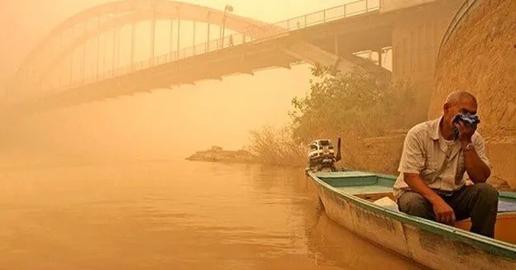
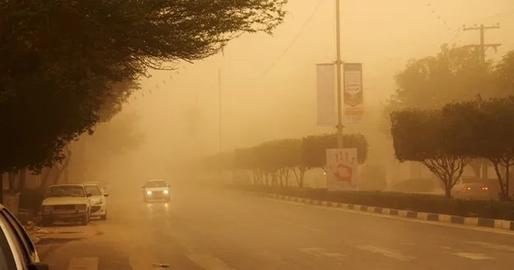


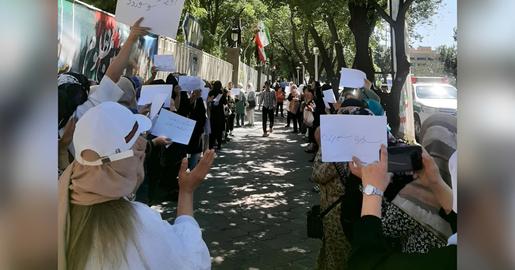



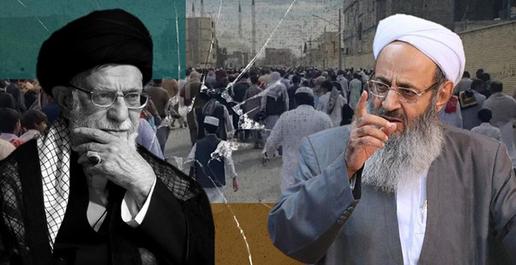
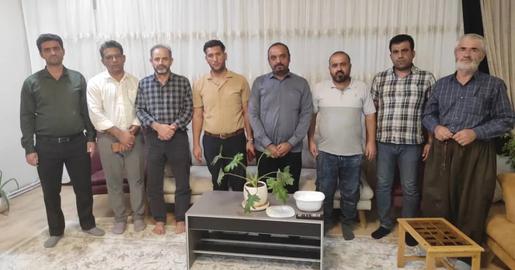
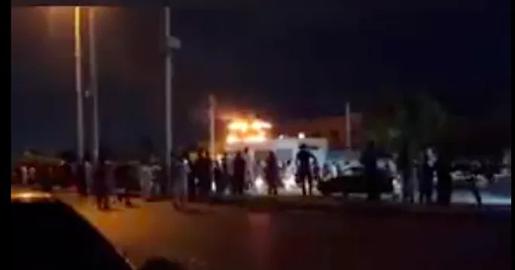
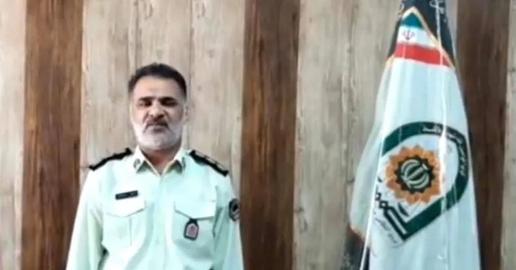





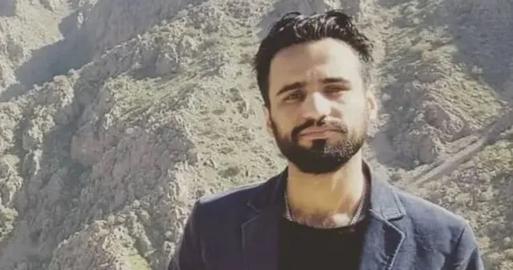
comments